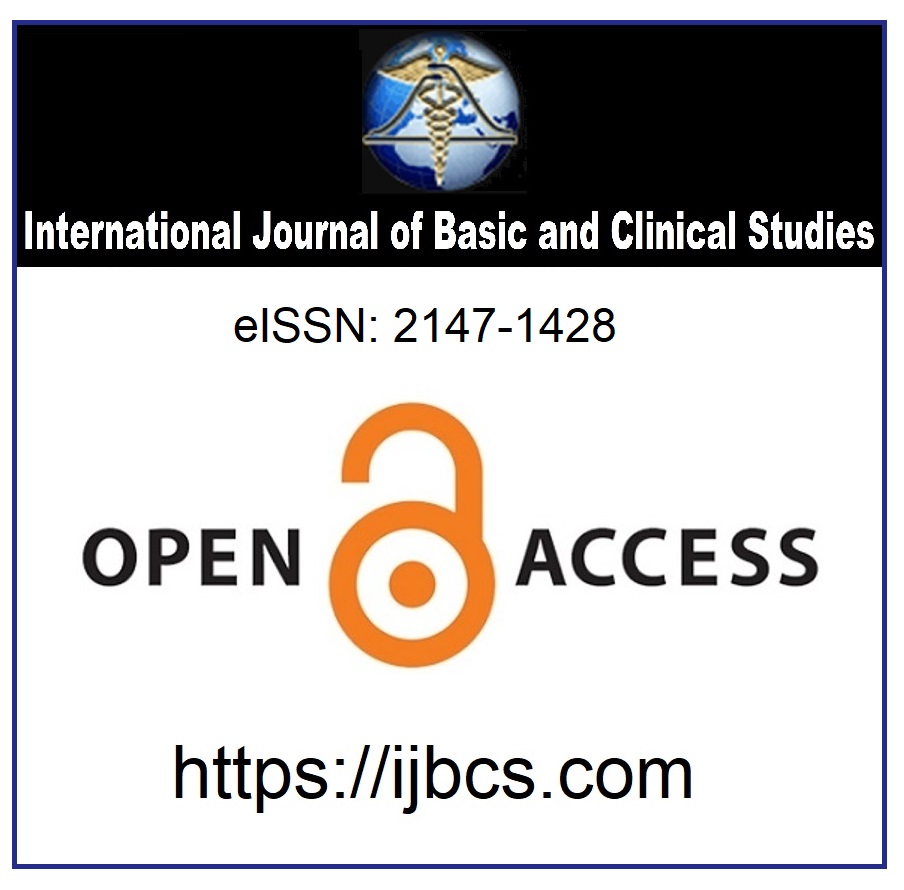Vaspin and Visfatin Levels may be a New Diagnostic Tool Regarding Insulin Resistance
Keywords:
Overweight, Obesity, Insulin Resistance, Nicotinamide Phosphoribosyl transferase, Impaired Glucose ToleranceAbstract
Insulin resistance is a well-known pathogenetic mechanism in development of diabetes. In the present study, we examined the relationship between serum vaspin, and visfatin levels and insulin resistance, levels of lipid-related markers, and 25-OH-vitamine D3 in individuals without diabetes who have normal glomerular filtration rate. A total of 146 patients without diabetes (91 males and 55 females) aged 18-65 years were enrolled in this study. Age, waist circumference, body mass index, and laboratory parameters, including biochemical tests, urine analysis, and levels of insulin, 25-OH-vitamine D3, vaspin, and visfatin were analyzed. Of the participants, 47.3% (n=69) had insulin resistance (IR), while 23 (15.8%) had impaired fasting glucose (IFG). Serum vaspin (7.6±4.9 vs. 9.9±4.3, p=0.003) and visfatin (59.4±37.7 vs. 77.63±39.3, p=0.005; respectively) levels were significantly lower in patients with IR compared with those without IR. A significant positive correlation was noted between serum vaspin and visfatin levels (r=0.808, p<0.001). The mean serum vaspin and visfatin levels were not significantly different in patients with and without impaired fasting glucose (p>0.05). Decreased of serum vaspin and visfatin levels may reflect insulin resistance and have a diagnosis value in patients with prediabetes.
Downloads
Published
How to Cite
Issue
Section
License
Copyright (c) 2020 by the Authors

This work is licensed under a Creative Commons Attribution 4.0 International License.



